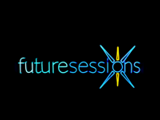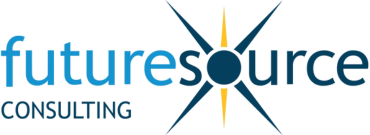CONNECTING YOU TO A FUTURE OF SUCCESS
The world of AV is changing. AV-over-IP technology now sits at the forefront of innovation, offering enhanced creativity, scalability, and flexibility for integrators. With the alluring promise of boundless scope, mass market adoption sits close on the horizon. Crucially, the glue to this newfound functionality lies within infrastructure, connectivity and services.
Take hold of this budding opportunity with Futuresource's deep, foundational knowledge of the signal distribution industry combined with our research touching all corners of the pro AV space. Connect the dots and unlock a profound insight into the evolving world of Infrastructure and Connectivity.



Latest Infrastructure & Connectivity Syndicated Reports
Latest Infrastructure & Connectivity Insights



